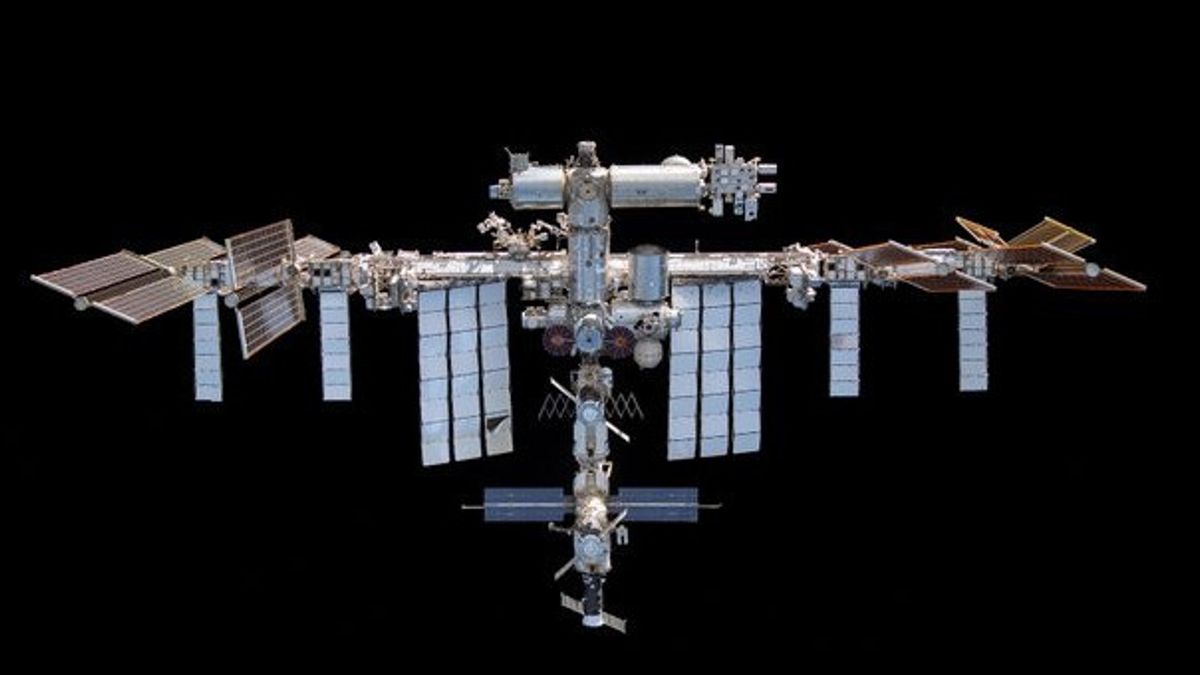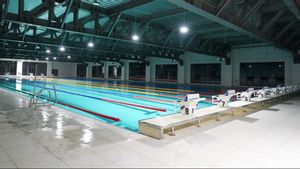JAKARTA - The International Space Station (ISS), home to astronauts for nearly 25 years and located about 250 miles above Earth's surface, will soon end its operating period by 2030. NASA has set plans to pull the ISS back to Earth, by selecting Elon Musk's company, SpaceX, to build a'spacewalk' vehicle that will carry out the task.
SpaceX will receive a contract worth up to $843 million from NASA to develop the vehicle. The vehicle or aircraft is expected to be similar to SpaceX's Dragon series already used to transport crews and cargo to the ISS.
The initial process in NASA's plan is to allow the ISS to start a natural 'orbit decline' process, where Earth's gravity will pull it closer to Earth's surface from an altitude of about 250 miles to 200 miles in the next few years.
In 2030, the ISS crew will make their final landing to Earth and carry essential equipment with them. The Tug vehicle from SpaceX will bind itself to the ISS and pull it towards the planet's atmosphere, where it is hoped that most of the two rides will catch fire due to the high temperature of Earth's atmosphere.
"Although most of the structures are expected to separate and burn when entering Earth's atmosphere, some of the dense or heat-resistant components (such as the truss that forms the backbone of the station) are likely to survive," Dr. Blake told MailOnline.
"However, NASA and partner agencies have chosen to re-entry under control, meaning that re-entry will be targeted to ensure that surviving fractions will fall in uninhabited ocean areas, minimizing risk to humans and property on land," he said.
In this context, the annual risk of someone being injured by space junk is believed to be very small, much lower than the risk of an accident at home or being hit by lightning.
The English, Chinese, Japanese, Arabic, and French versions are automatically generated by the AI. So there may still be inaccuracies in translating, please always see Indonesian as our main language. (system supported by DigitalSiber.id)










